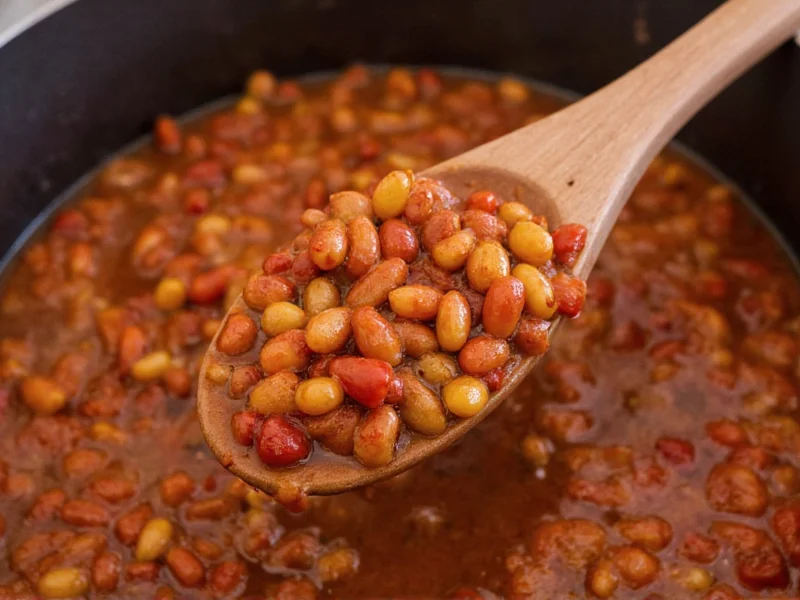When you bite into a spicy chili pepper, that intense burning sensation isn't actually heat—it's your nerves reacting to capsaicin, the chemical compound responsible for chili heat. Understanding how to stop chili burn immediately requires knowing how capsaicin interacts with your body and which substances effectively neutralize it.
Why Water Makes Chili Burn Worse
Most people instinctively reach for water when their mouth is on fire from spicy food, but this doesn't help cool down spicy food effectively. Capsaicin is hydrophobic (water-repelling) and fat-soluble, meaning water simply spreads the compound around your mouth rather than washing it away. This explains why water makes chili burn worse by distributing the capsaicin to more taste receptors.
Science-Backed Methods to Cool Down Chili Burn
Effective relief targets capsaicin's chemical properties. Here are the most proven approaches:
Dairy Products: The Gold Standard
Milk, yogurt, and other dairy products contain casein, a protein that binds to capsaicin and helps wash it away. Whole milk works better than skim milk because the fat content further dissolves capsaicin. For immediate relief, take a generous sip of cold milk and swish it around your mouth before swallowing.
Fats and Oils: Natural Capsaicin Solvents
Since capsaicin dissolves in fat, consuming fatty foods provides quick relief. Try these natural remedies for spicy food burn:
- Avocado or guacamole
- Olive oil (take a small spoonful)
- Peanut butter
- Coconut milk
Sugar and Starchy Foods: Breaking Down Capsaicin
Sugar molecules help break down capsaicin. Try these approaches:
- Eat a teaspoon of sugar or honey
- Consume starchy foods like bread or rice (they absorb some capsaicin)
- Try a sweet beverage like fruit juice
| Method | Effectiveness | Time to Relief | Why It Works |
|---|---|---|---|
| Whole milk | ★★★★★ | 30-60 seconds | Casein protein binds to capsaicin |
| Olive oil | ★★★★☆ | 45-90 seconds | Fat dissolves capsaicin |
| Sugar/honey | ★★★☆☆ | 1-2 minutes | Breaks down capsaicin molecules |
| Bread/rice | ★★☆☆☆ | 2-3 minutes | Absorbs some capsaicin |
| Water | ★☆☆☆☆ | No relief | Spreads capsaicin around mouth |
What NOT to Do When Trying to Cool Down Chili
Avoid these common mistakes when seeking relief from burning mouth from chili:
- Don't drink alcohol - While ethanol can dissolve capsaicin, alcoholic beverages are mostly water and will spread the burn
- Don't eat more spicy food - The "fight fire with fire" approach doesn't work and only prolongs discomfort
- Don't rub your eyes - Capsaicin transfers easily and causes severe eye irritation
Preventing Chili Burn Before It Happens
Build your tolerance gradually by:
- Starting with milder peppers and working your way up
- Removing seeds and membranes (where most capsaicin resides)
- Wearing gloves when handling hot peppers
- Pairing spicy dishes with dairy-based sides from the start
Long-Term Solutions for Chili Lovers
Regular consumption of spicy foods can increase your tolerance over time. The compound capsaicin temporarily desensitizes TRPV1 receptors responsible for the burning sensation. Many cultures that regularly consume spicy foods develop higher tolerances through consistent exposure.











 浙公网安备
33010002000092号
浙公网安备
33010002000092号 浙B2-20120091-4
浙B2-20120091-4